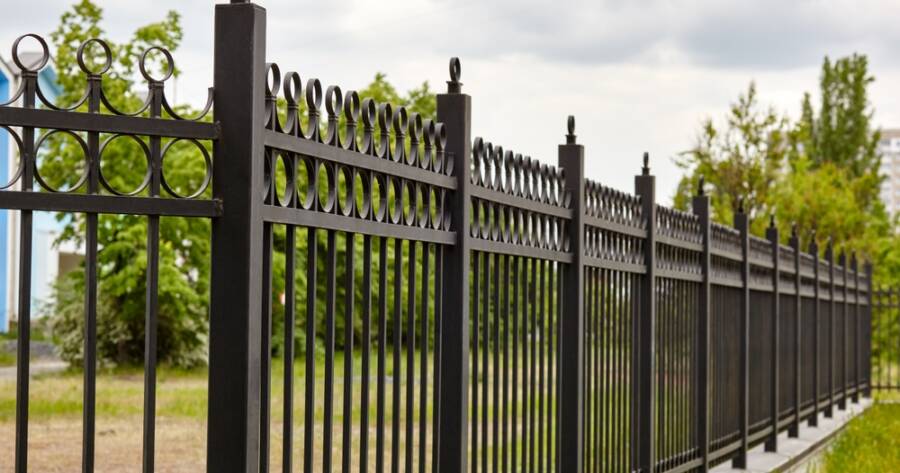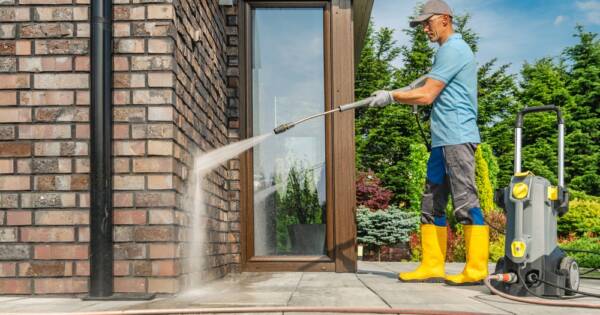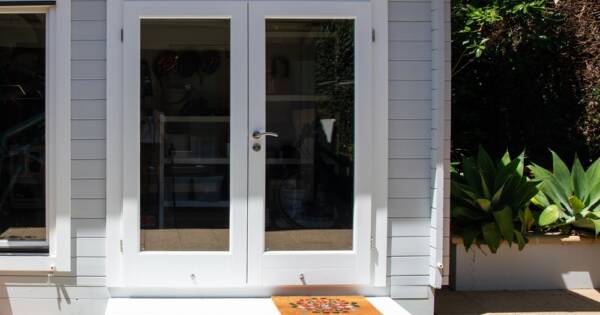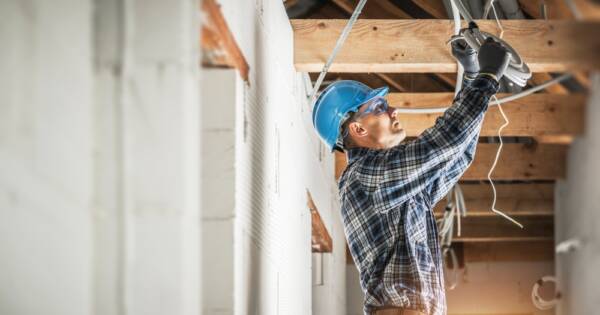Fence installation enhances the security and beauty of properties, with materials like wood, vinyl, and aluminum offering varied benefits. Key planning steps, including understanding property lines and choosing the right materials, are crucial for a successful installation. Maintenance ensures longevity and aesthetic appeal, making informed decisions essential for optimal functionality and appearance.
Fence Installation Methods and Materials
Fence installation plays a critical role in enhancing the beauty, security, and privacy of any property. A variety of fences, such as chain link, wood, vinyl, aluminum, and iron, present distinct advantages, making the selection based on personal preferences and specific requirements crucial for homeowners looking to improve their properties. Whether the aim is to improve aesthetic appeal or secure the perimeter, fences provide an effective solution.
Key Steps in Fence Installation
The process of installing a fence starts with detailed planning and site preparation. It’s essential to research property lines and comply with local regulations to avoid legal issues. Using a home’s plat can help in determining boundary lines, which should be clear before commencing installation activities. Communication with neighbors also facilitates harmonious installation and shared understanding of property limits.
The installation process involves several detailed steps, including site preparation, checking property boundaries, and marking utility lines. Equally important is the removal of obstacles from the planned fence line and ensuring that the site is suitable for the intended construction. Gathering the necessary tools and materials, such as a post hole digger, saw, power drill, tape measure, and concrete mix, helps in executing the project efficiently.
Choosing the Right Material
Selecting the appropriate fencing materials requires consideration of factors such as durability, aesthetic appeal, and maintenance needs. Common materials include wood, metal, vinyl, and iron. Each material comes with its own benefits; for instance, vinyl fences are known for their low maintenance, while steel fences are prized for their strength and durability. The choice of materials significantly influences the fence’s effectiveness and overall appearance.
Installation Process and Considerations
Once materials and tools are assembled, the process of post installation begins. It’s vital to dig post holes that are approximately one-third the height of the fence post, ensuring they are evenly spaced for uniform support. Posts are then set with a combination of gravel and concrete to provide the necessary stability. After the concrete sets, rails are mounted onto the posts; the number of rails depends on the fence’s height, and they can be secured using a power drill and deck screws or nails.
The final steps include attaching fence pickets or panels and installing gates. Prefabricated panels can simplify the process by allowing direct attachment to posts. This speeds up installation by eliminating the need for individual picket placement and alignment. Gate installation involves precise measurement and predrilling for hinges, then attaching the gate to the designated post and ensuring all hardware is secure, providing accessibility and functionality.
Ongoing Maintenance and Aesthetic Enhancements
Maintaining a fence is essential to prolong its life and aesthetic appeal. Regular inspections, cleaning, and addressing any wear-and-tear issues like rust on metal fences or cracking wood are necessary to keep the fence in top condition. Finishing touches like staining or painting and adding post caps can not only shield the wood from environmental damage but also enhance visual interest and overall durability.
Why You Should Learn More About Fence Installation Methods and Materials Today
Learning more about fence installation methods and materials can greatly benefit any property owner looking to enhance their home’s value, security, and aesthetics. With a variety of materials and styles available, understanding the options allows property owners to make informed decisions tailored to their specific needs and preferences. From the strength of steel to the low maintenance of vinyl, each material offers unique advantages.
Understanding the installation process, critical planning steps, and necessary maintenance can also provide a smoother, more efficient installation experience. Engaging with local regulations and innovative design possibilities can maximize both functionality and visual appeal, creating a harmonious space that complements the property and the surrounding environment. With so much at stake, investing time in learning about fence installation is a valuable endeavor.





